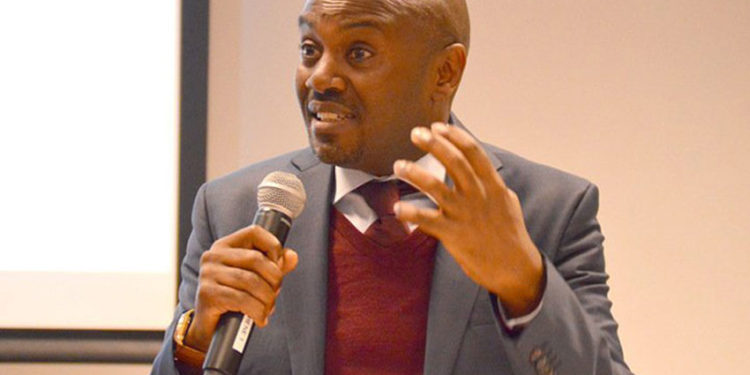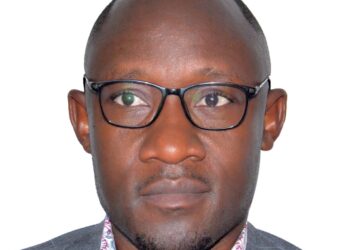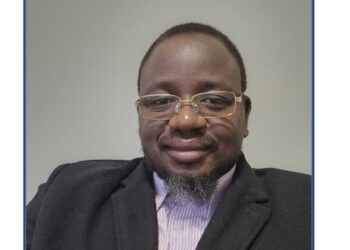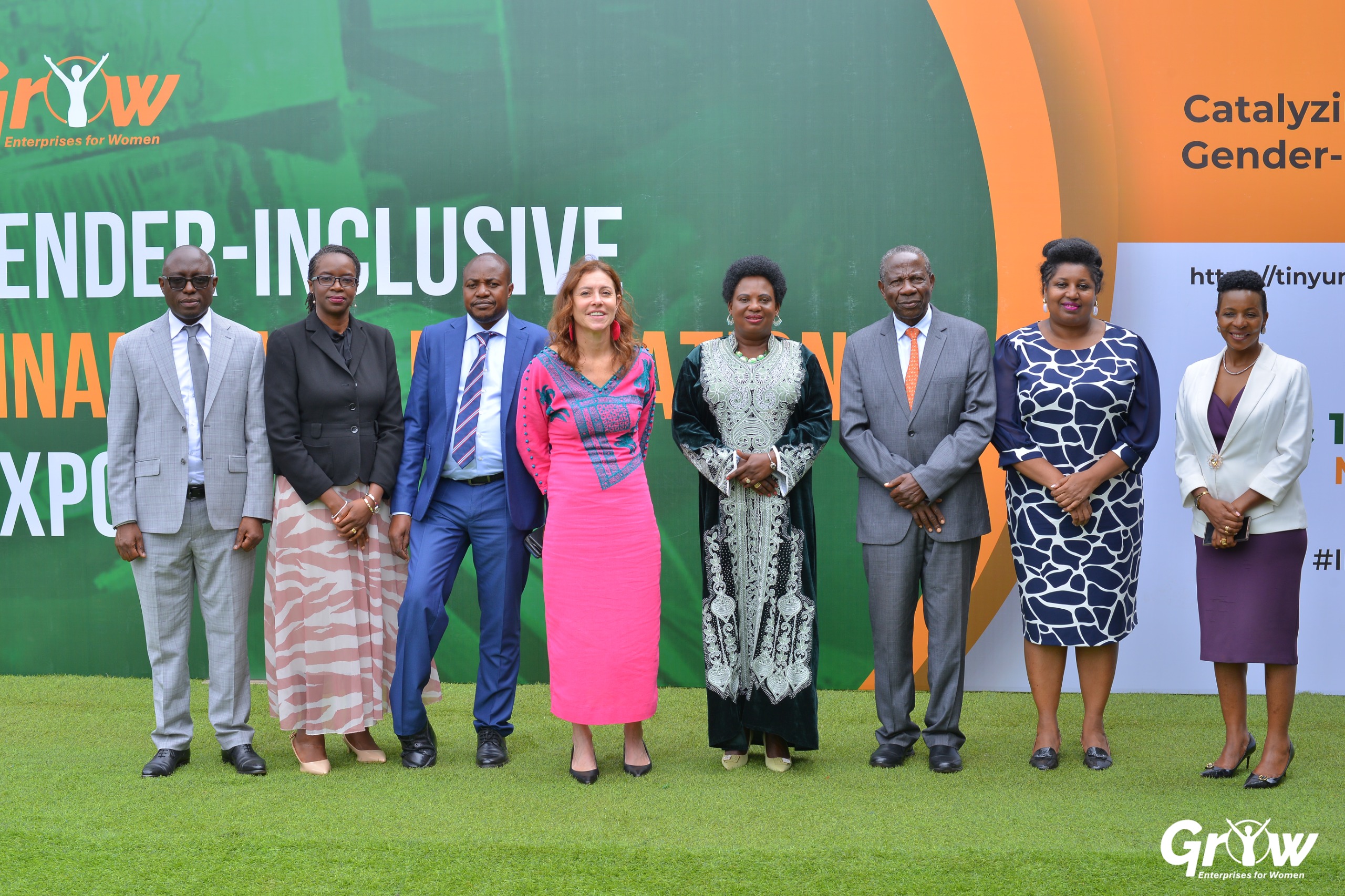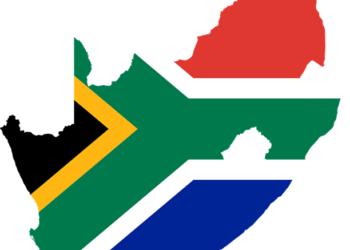As we approach the 2021 general elections, it is apparent that the opposition, as expected, has handed over an easy victory to President Yoweri Museveni. Yet after the election the same opposition politicians will fret and cry that the election has been rigged. It is even more intriguing because the opposition claim to be fighting a dictatorship.
Based on this, government cannot ensure a level playing field in the elections. It follows therefore that the opposition in Uganda must strategize to win an election where all the decks are stacked against them; where the incumbent will dominate the media, use the army and police to disperse their rallies, harass and intimidate or buy off their polling agents, and even stuff ballot boxes.
There are many governments across Africa where incumbents have used all the unfair advantages of incumbency and lost. So, controlling the state and using it to harass opposition candidates does not guarantee any incumbent an easy victory. Why does it succeed in Uganda? In a battle with an entrenched system like that which Museveni runs, the opposition have to plan and win an election that is neither free nor fair. So agitating for a level playing field should only be a political prank to win sympathy but not a precondition or a strategy for victory. The strategy for victory has to be how to turn apparent weaknesses into their weapons for success.
There are structural and organizational reasons why Museveni wins, even if unfairly. One of them is that Uganda politics is not based on horizontal identities. So the opposition lack an ethnic or religious base that can supply faith-based and emotion-driven support. The strongest opponent of Museveni is Dr. Kizza Besigye. In a peasant society where horizontal identities have disproportionate appeal compared to vertical identities, the two bulls in Uganda’s political kraal share a common ethnic background (Banyankore/Bahororo) and a common religion (Anglicans).
In other parts of Africa where opposition political parties have defeated incumbents, it has been largely because their support is rooted in some identity group, not because the electoral playing field was level. In Kenya, the unity of the Kikuyu and Luo, the largest and fourth largest ethnic groups in that country, led to the defeat of KANU, then under Daniel arap Moi. His Kalenjin ethnic group, even though the third largest, could not defeat an alliance involving these two plus others like the Kamba. Although he was not in the race and had propped a Kikuyu with the brand name of the founding father, Uhuru Kenyatta was seen as Moi’s proxy.
An ethnic and/or religious base allows the opposition to rally supporters emotionally to the polls and also massively rig against the incumbent in their ethnic or religious strongholds. By driving voter numbers in their strongholds while literally suffocating the other side, they are able to hold a great advantage. So the real contest shifts to allied and or “neutral” ethnic groups. Here, both the incumbent and opposition have limited possibilities for rigging. Therefore rigging favors the strong.
There is always suspiciously high voter turnout in Museveni’s ethnic strongholds. In 2016, there was 100% voter turnout on polling stations in 20 counties most of them based in the cattle corridor: Nyabushozi, Nakaseke, Rwampara, Mawogola and Kazo. And these had fallen from a high of 52 countries in 2001, 42 counties in 2006 and 31 counties in 2011. In fact wherever there is 100% voter turnout at a polling station in these Museveni strongholds, Besigye gets zero votes (47 polling stations in 2016) and Museveni would get 100% of the vote (in 22 polling stations in 2016).
During the 2001 and 2006 elections, there was a lot of animosity to Museveni in northern Uganda, especially in Acholi and Lango political sub-regions. Although Besigye did not hail from these areas, the population wanted to get rid of Museveni. So there was massive voter turnout and rigging against Museveni – in favor of Besigye.
For instance, in 2001 there were, in northern Uganda, 1,590 polling stations where voter turnout was over 80%, and 1,024 where it was over 90% and Besigye got over 90% of the vote at each of those polling stations. This number remained steady in 2006. However it dramatically fell to 134 polling stations (with over 80% voter turnout) and 155 (with over 90% voter turnout) in 2011 (marking Besigye’s vote collapse that year). And then it rose again to 285 (with over 80% voter turnout) and 236 (with over 90% voter turnout in 2016) – signaling Besigye’s resurgence in that election. Clearly loss of northern Uganda as an ethnic base for Besigye has been crippling to his electoral fortunes.
To comprehend this dynamic, we must note that in 2001, there were 4,845 out of a total of 17,269 polling stations (28%) where voter turnout was over 80%. Besigye’s 1,590 polling stations with over 80% voter turnout compared to the 3,255 polling stations in Museveni strongholds. If Bobi Wine can cause the raise in voter turnout in Buganda and Catholic strongholds to above 80% and he gets over 90% of the vote in his strongholds, he can easily turn tables in an election.
Without an ethnic or religious base, the opposition has rallied politics around social class grievances by appealing to the young, educated but poorly employed and unemployed in urban areas. This constituency is not loyal and many of them do not vote – their anger and vitriol on social media notwithstanding. Besides their economic grievances can best be addressed by collaborating with, instead of being in opposition to, the state. In Ugandan parlance, Museveni can easily buy them off with state largesse and he does.
For instance, the stronghold of the opposition in Uganda today is Kampala City and its surrounding Wakiso District. With a voter registration of nearly two million in 2016, only 800,000 (40%) showed up to vote. The same low voter turnout has plagued all major urban areas of Uganda from Arua to Gulu, Lira, Mbale, Kabale and Mbarara. Thus the opposition have very low vote turnout in their strongholds while Museveni has very high voter turnout (90% and even 100%) in his. Low voter turnout in our general elections is a result of low voter turnout in opposition strongholds.
Locked into appeal via social class, the opposition need to see themselves at a strategic disadvantage as a perpetual minority. To build a majority they need to position themselves in the center to catch everyone. This means they have to accommodate everyone who shows any signs of wavering against Museveni. But the leading forces in the opposition to wit Defiance led by Besigye and its bastard child, People Power led by Robert Kyagulanyi aka Bobi Wine, have adopted a politics of exclusion. They insist on total and absolute loyalty from their followers.
Thus over the last few years they have accused anyone and everyone who has voiced even the most mild criticism of being a Museveni mole, thereby turning many potential supporters and leaders away. They have demanded such high levels of ideological purity that has turned their supporters into worker-bees in a hive or ants in an anthill where they are expected to work like robots. This has been intolerable to many and they have massively moved out to form other smaller parties (which fail to gain traction), joined or rejoined NRM or simply walked out of politics. Theirs is a politics of self-destruction, and they cannot see it.
Do you have a story in your community or an opinion to share with us: Email us at editorial@watchdoguganda.com

